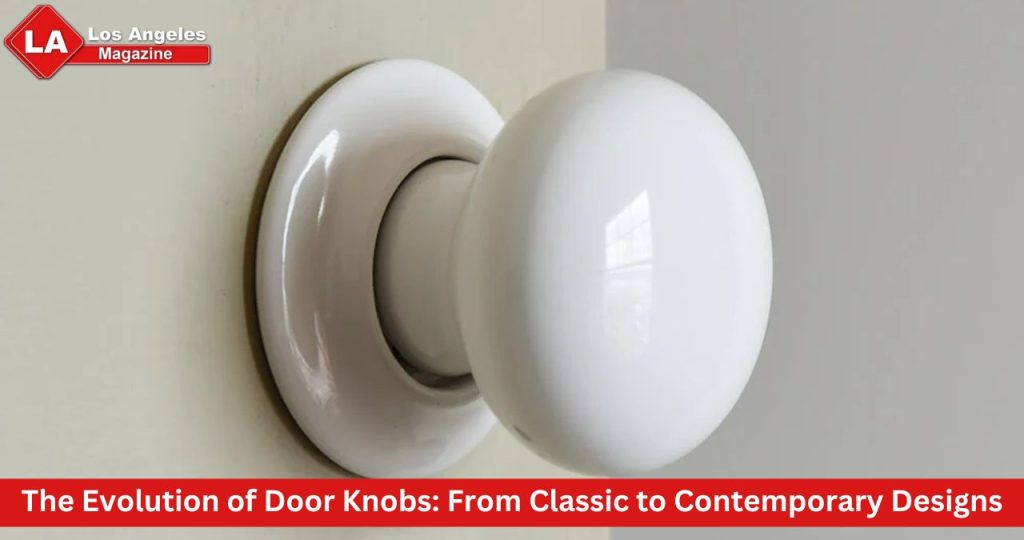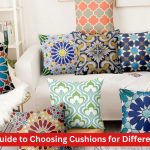As with all other aspects concerning the interior of a house, door knobs have accompanied the people right from the start to the present, serving both practical values and artistic purposes. Their existence has changed with Industrial development, cultural dynamics, and practicality. The very existence of these knobs reflects a transformation in art from hand-made exquisite pieces to simple, cut out designs representative of modern custom engineering.
The Earliest: Where Functionality and Skill Came Together
Knobs used on doors originated in some of the last decades in the 1500’s. There were no door knobs prior to their invention, and people used latches, bolts, and primitive locks to close their doors. Wood wrought door knobs were basic, serving their function and bearing hand carving work of the people. These knobs represented the serve a purpose yet artistic ambition, and being able to bear unique detailing was a reflection of mastery during that time.
With progressive metal working came the door knobs made of brass, bronze and iron as these knobs were sturdy enough for daily use. By mid 1700’s, demand went from simple basic knobs to more intricate designs to decorative patterns with intricate detailing floral patterns and even custom engravings.
The Industrial Revolution: A Pivotal Moment
The 19th century industrial revolution brought about a notable inflection point in the manufacture of doorknobs. The emergence of machinery enabled the mass production of doorknobs, a phenomenon that further accelerated their availability to the general public. This change consequently led to new forms of materials being experimented with such as porcelain, glass, and ceramic.
It is during this timeline that decorative glass doorknobs became all the rage. Their shine, combined with their gem-like appearance, made them a favorite in Victorian and Edwardian homes as they greatly enhanced their interior beauty. More often than not, these knobs came with various colors or detailed etchings making them quite popular among homeowners with an eye for beauty.
Furthermore, the proliferation of opulent styles like Rococo and Art Nouveau also played a critical role in determining how glass door knobs were designed. Swirling patterns accompanied by flowers and bold shapes became the defining characteristics of these periods and showcased the blend between art and practicality.
The Mid-20th Century: Modernism and Minimalism
In the middle of the 20th century, modernism emerged as a new trend that placed emphasis on clean lines, simple shapes, and practicality. This design philosophy encompassed doorknobs and resulted in the production of minimalistic doorknobs that leaned towards geometric shapes and smooth surfaces.
During this period, these materials gained immense popularity, as stainless steel, and chrome were highly sought after due to their sleek, futuristic look. Interior design also significantly impacted range of polished knob finishes available on the market, as homeowners wanted them to match the rest of the modern home. The development of anodized aluminum also widened the scope of available finishes as it was also quite durable.
Round door knobs also made way for lever handles, which gained popularity during the period due to their ergonomic design that was easier to operate, especially for people with limited dexterity.
Contemporary Trends: Technology Meets Design
With the advancement of technology, furnishings such as kitchen cupboard handles, which only served the purpose of opening doors, transformed into enhanced security systems and essential parts of the interior for a household. The modern market gave rise to smart knobs that embrace advanced technology. These smart knobs are incredibly popular due to their ease of use which allows for keyless entry and even fingerprint recognition.
ontemporary style door knobs incorporate a number of different styles with the combination of different materials and finishes. Popular new choices for modern interiors include matte black, brushed gold, and oil-rubbed bronze. The minimalistic and industrial styles maintain easy yet bold designs that make a statement, taking over popularity in both residential and commercial properties.
This move towards ecology friendly practices is evident in the upscale ecological efforts made by designers of door knobs in the modern market. Now more than ever, Recycled metals and finishes that are less harmful to the environment are being used, which makes a strong statement in the direction of environmentally friendly living.
With new technologies, customization has also advanced, allowing these doorknobs to be made in unique styles. With the ability to alter shapes and sizes, people will now be able to achieve these designs in various forms.
With the use of modernized knob systems, the convenience of incorporating units into already predesigned buildings will be unmatched. Knowing how essential they are for region-security, technological systems will constantly be upgraded in size and complexity. The development of society’s lifestyle, changing tastes, and the desire for minimalism will all force manufacturers to start paying more attention to lightweight materials.
On the surface it seems, door knobs are simply small details, but their change overtime embodies human creativity and the persistent existence of form and function. Their basic purpose has not changed since the ancient world till now but the ways of how they implemented id different, to an extent that they integrated with the design of a house and even the way a house is used.



